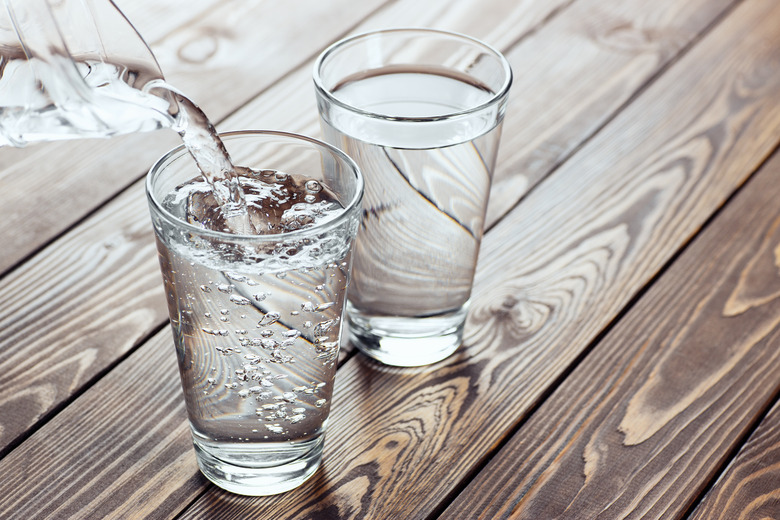How To Clean Drinking Water Holding Tanks
We may receive a commission on purchases made from links.
Drinking water tanks are often found in campers, RVs, and boats. If you rely on a water holding tank for fresh water, it's important to ensure that the water stays safe for consumption. To ensure that a water storage tank stays contaminant-free, it's necessary to regularly clean the tank. Prevent harmful microbial growth in your water tank by cleaning and disinfecting it at least twice a year.
Regular cleaning of water holding tanks will help prevent the buildup of harmful bacteria and pathogens that can cause stomach upset and more serious illnesses. The warm water that is common in water storage tanks favors conditions such as algae growth, corrosion, sediment buildup, and scale formation, which can cause unpleasant odors and poor water taste. Sanitizing the tank can prevent such buildup from occurring.
One of the most common cleaning and disinfecting agents is chlorine bleach (liquid sodium hypochlorite). Bleach has proven effective in killing harmful bacterial and microbial growth and is widely available and affordable. Other less common means of decontaminating a drinking water holding tank include using ozone gas, UV light, and calcium hypochlorite.
Things Needed
How to Clean Drinking Water Holding Tanks
1. Empty and Clean the Tank
Drain the water from the tank. Then thoroughly scrub the inside of the tank with a mixture of hot water and detergent. Use a long-handled brush or pressure washer to remove any sediment, algae, or debris from inside the tank.
2. Wash and Rinse the Tank
Wash the tank well after removing sediment. Then rinse thoroughly until you are sure that there are no traces of detergent left in the tank. Using high-pressure hot water is best, but if you don't have that available, fill the tank with hot water and let it sit for several hours. Drain all water from the tank and piping.
3. Disinfect the Tank
Fill the tank with clean, potable water. Then add bleach according to the size of the tank. If you use a 50 PPM solution of household bleach, you want to add 8 ounces (1 cup) for every 50 gallons of water. For a 50-gallon tank, you would add 8 ounces (1 cup), and for a 200-gallon tank, you would add 32 ounces (4 cups).
4. Allow for Disinfection
Close the taps after adding chlorine bleach to the tank. Then let the chlorinated water sit in the tank for a minimum of 12 hours. This will give the water time to become thoroughly disinfected. Do not use the water for any purpose while it is disinfecting.
5. Drain the Tank
Drain the water tank. But do not drain the tank into a septic system or a stream containing fish, as the bleach can harm the septic system and potentially kill fish. The best place to drain the water is into a municipal sewer network.
6. Refill the Tank With Fresh Water
Fill the tank with clean, potable water. Then open the distribution line valves and allow the water to run from the taps until you no longer smell chlorine bleach and the water is clear, not cloudy.
7. Measure Chlorine Levels in the Water
Use chlorine test strips to ensure that there is no bleach remaining in the storage tank. If you find that the chlorine levels are still high after rinsing, repeat step 6 and then retest. Once you determine that there is nominal or no chlorine bleach in the tank, you can safely use the cleaned, disinfected tank for drinking water.
